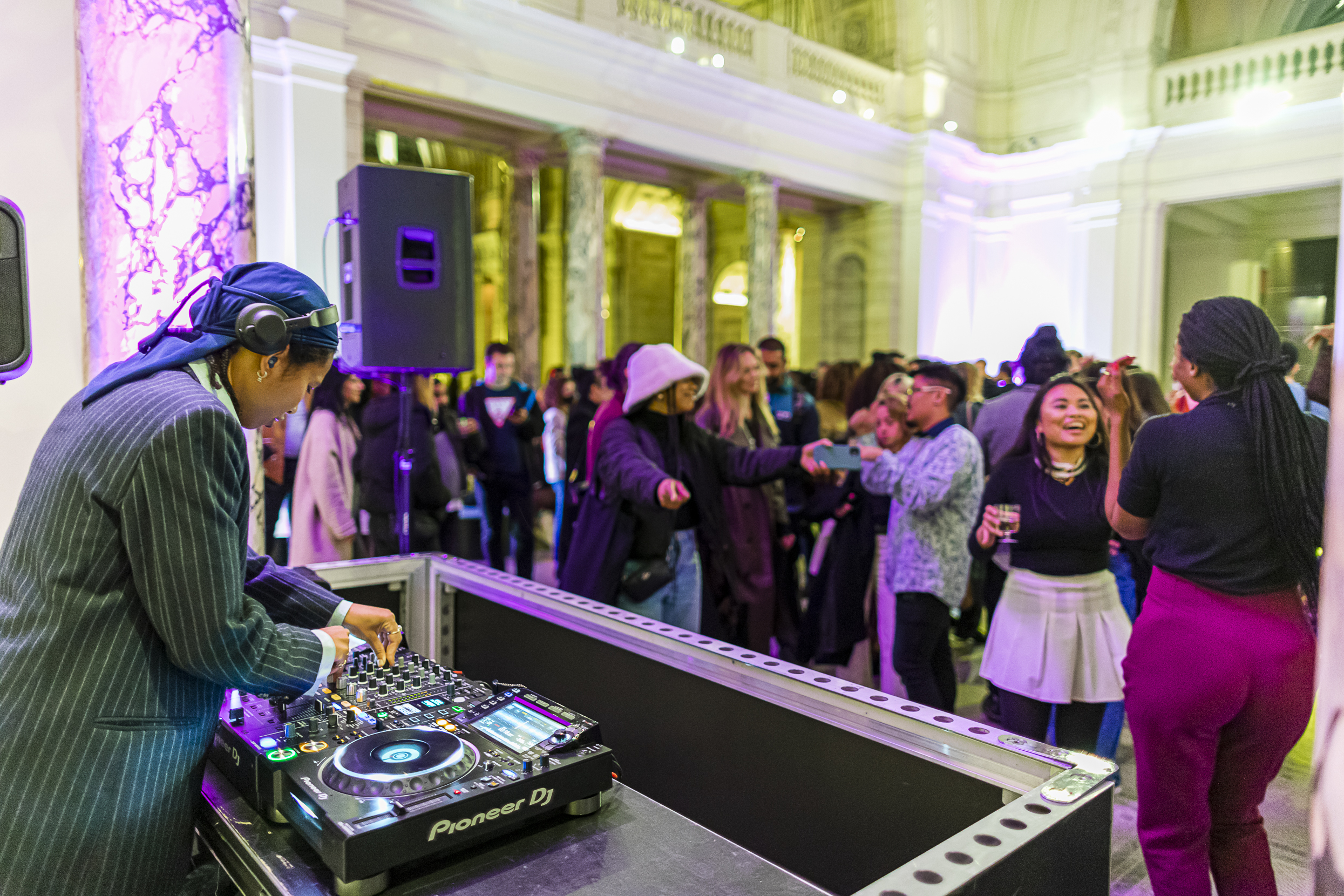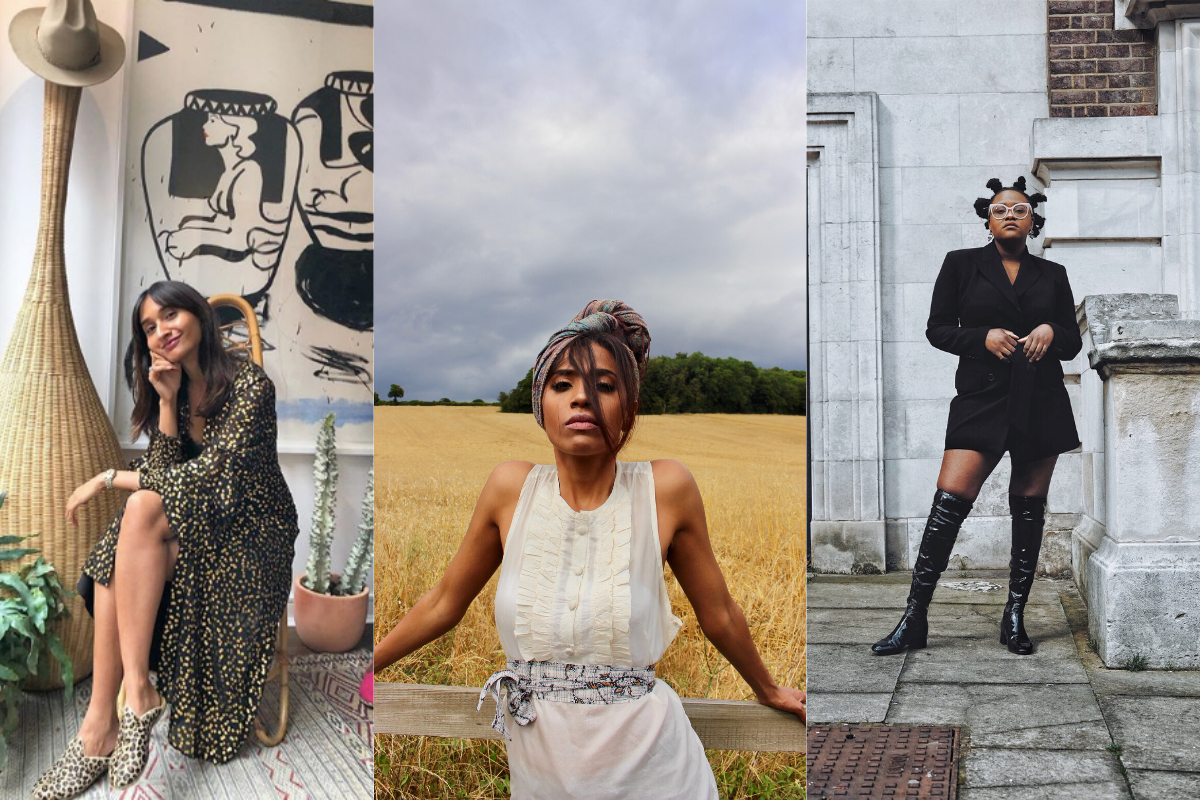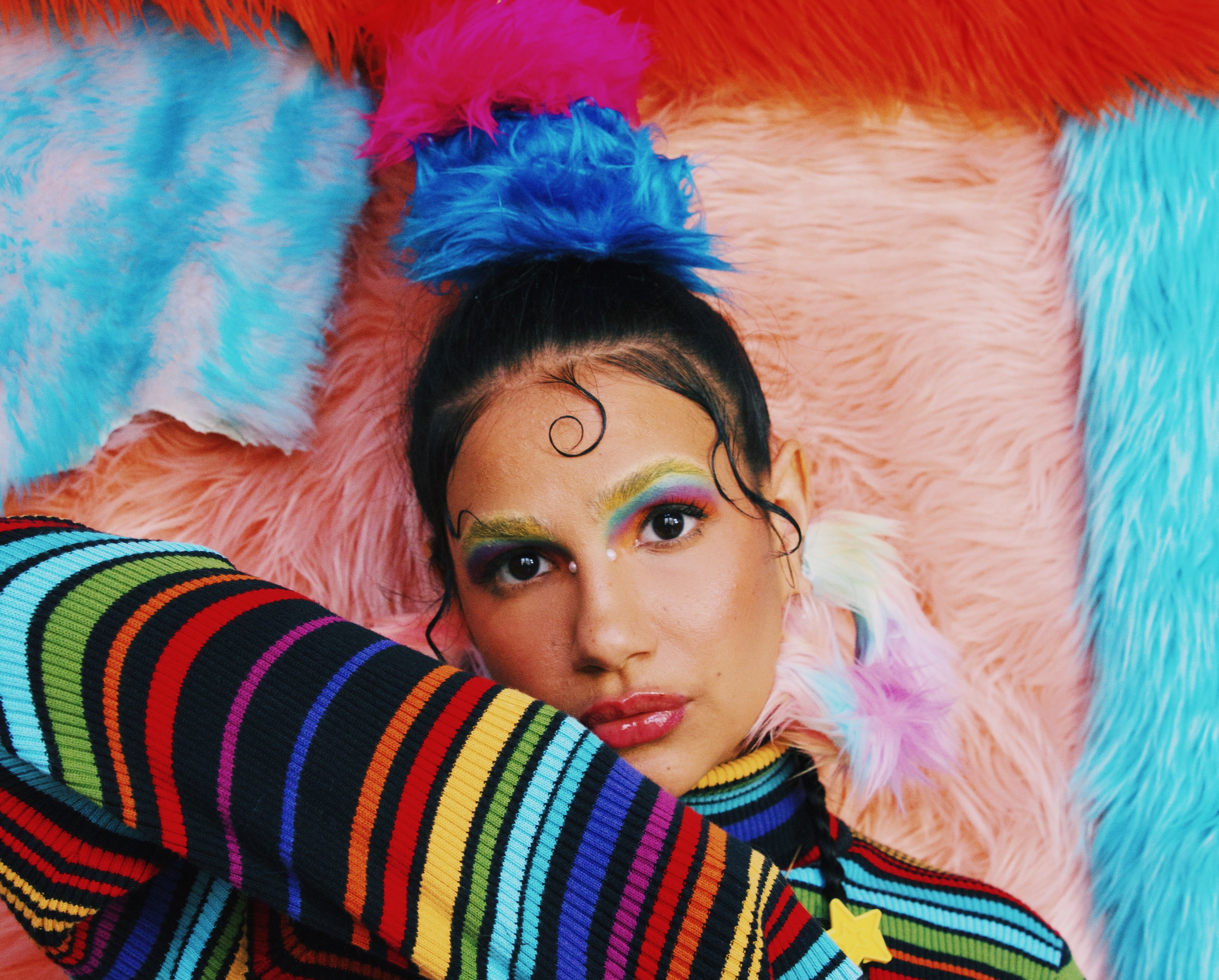
The brand L SAHA was set up in 2014 by Laboni Saha, whose main aim was to create interesting pieces with a minimal approach, whilst maintaining a timeless quality. We first met Laboni at the London AW16 Fashion Week where she was showing her latest collection in the Fashion Scout designer exhibition. We caught up with her a few months later to talk about her brand, what sustainable fashion means to her, and how past memories of growing up in India have influenced her designs.
gal-dem: When did you decide that you wanted to become a designer?
Laboni Saha: From an early age, even before I knew the word “fashion”, I have always been interested in clothes and fabrics. My mother tells me that I was very specific in the way I would dress: I was really into dresses and didn’t want to wear trousers. I used to cut up my mum’s old cushion covers and saris and stick the pieces together to make outfits for my dolls. Then I progressed onto making little purses, and then at 12 or 13 I started making my own clothes. People were asking me where I got my pieces from and that’s when I realised that I was really interested in creating something that’s different from what is available in the market.
My family was very keen on me becoming a doctor, and just as I was about to leave high school I was due to take an entrance exam to study Medicine. I realised that it was really not for me, and I would have to give up what I loved doing the most. I had to convince my dad to let me study fashion but he said “yes” in the end. So I went to study at the National Institute of Fashion Technology in India. While I was studying there I was shortlisted to do an exchange programme at LCF and I did a project with Stella McCartney for Adidas at the 2012 Olympics. This is when I realised that London was the best place to be to start my fashion career, so I enrolled on a master’s course in Fashion Business Management at Westminster University. I worked in Buying for some time, but then I set up my own label after that.
How was your brand, L SAHA, born?
It was during my time working in Fashion Buying that I realised that the way we were consuming fashion was not the most ethical way. The media feeds into the consumer’s mind that there needs to be this constant refreshment of your wardrobe so you buy new pieces every season – it’s too fast-paced. I noticed that luxury brands were starting to move into this fashion cycle, and become more trend-driven, rather than creating classic pieces.
I felt it was time to calm down. There ought to be brands that are still focused on creating timeless pieces that can fit into summer as well as winter wardrobes, as well as can transition from day to evening. Creating something that stays in the wardrobe for season after season, as well as year after year, something you can go to and never be wrong, that you can dress up or down.
That’s how L SAHA came about. I wanted to put more focus on finding the right materials and using more unique techniques, elements that cannot be replicated with machines and have to be handmade, such as origami and hand-beading. So the customers still feel fashionable with this kind of unique piece in their wardrobe, safe in the knowledge that it won’t go out of fashion next season. That’s my main focus.
How do seasons work in a timeless brand like L SAHA?
What we do is that some pieces from each collection go into the classics. You will see new pieces in every seasons, but some pieces from previous seasons stays in the collection and blend in, creating the timeless aspect. The whole point is that these pieces are still relevant.

Do you think sustainability should be a key focus of fashion brands?
Without question, every brand should be focusing on creating pieces which are sustainable and eco-friendly. Everything you create should be out of respect for the environment and everyone involved in your supply chain, whatever level. Especially considering the impact of your garments will have in the future is important. When you wash the garment is it energy efficient, or does it have to be dry cleaned every time?
I’ve seen many brands label themselves as “sustainable”, and it was something I considered doing when I was setting up L SAHA, because I do incorporate all these things into my designs. But I stopped talking about it in my social media and in my campaigns, because sustainability should be an underlying statement and not the way the brand is defined.
When we talk about “ethical fashion”, I feel this section of the market has been worn out such that it conjures up an image of very beige clothing. Sustainable fashion shouldn’t be like this, it should be ethical without compromising on the design aspect, excitement and passion. So it should be something that you build into your brand’s infrastructure rather than selling it to the customer just because it’s ethical.
What were the main things you thought about when designing for your AW16 “Montage” collection?
This collection was inspired by a childhood journal. I used to write a lot of poetry, so I converted one of my old poems into a print. I also used to be fascinated with the colour red so you will see a lot of red accents in the collection.
The use of origami in the detailing of some pieces comes from a memory of growing up in India. When we would have a long monsoon season we weren’t allowed to play outside, so we would just fold loads of paper boats, and when it started raining we would float them out the window and observe them going in the water.
Overall, it has this simplistic and innocent feeling of being interested by the external world and nature.

Finally, what other projects are you working on at the moment?
Asides from designing, I teach Strategic Marketing and Fashion Buying and Merchandising at UEL and British School of Fashion. I’m also involved in organising the participation of Indian designers in the BFC International Showcase. There’s so many talented designers in India so it is really important for me, as an Indian, to make sure that they have this accessibility to this platform.









